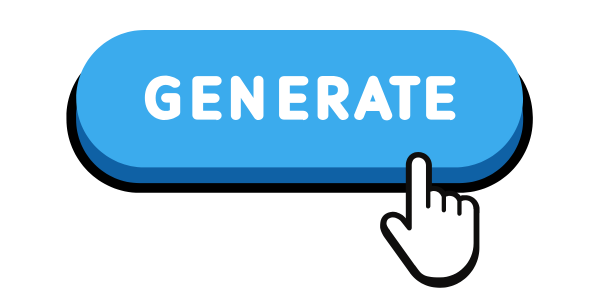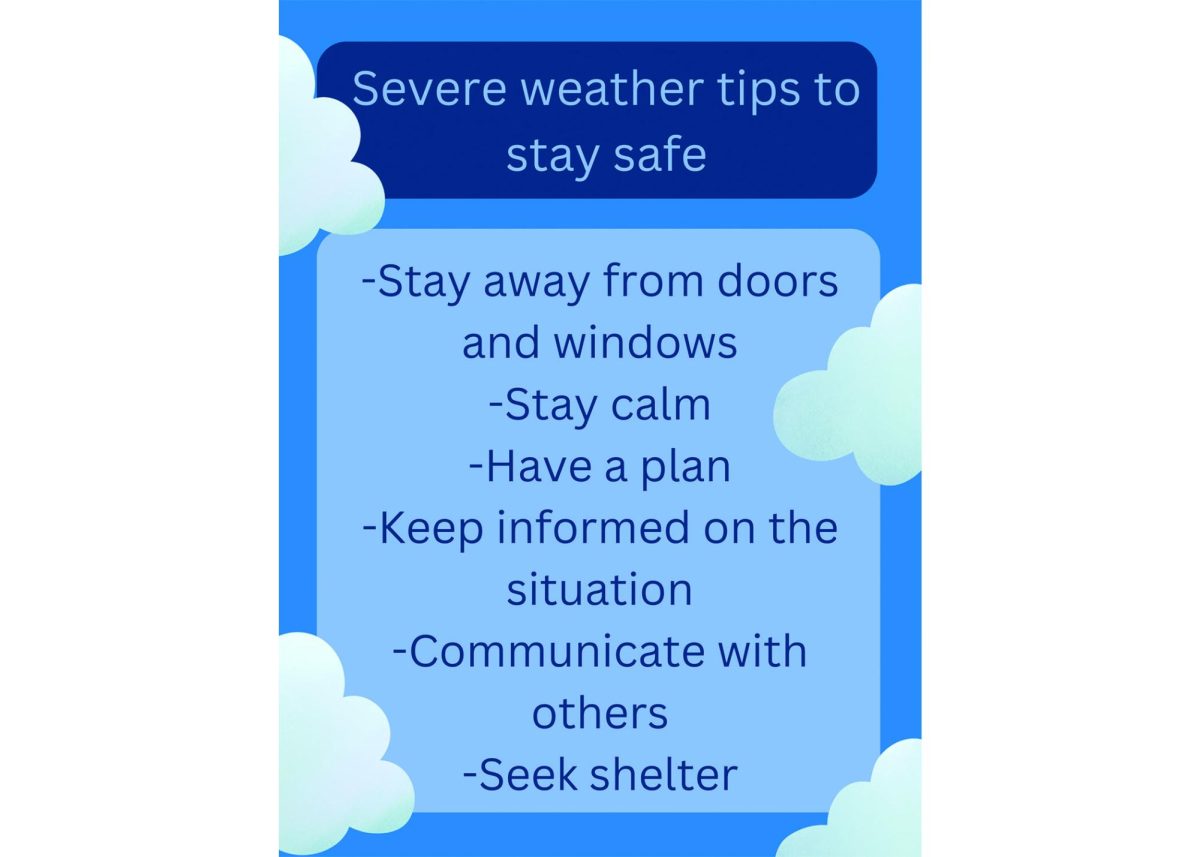**Jane Smith is a pseudonym
Sophomore Jane Smith stared at her math homework that was due tomorrow. She hadn’t even started it. With a few clicks and a photo, Smith solved her problem. The answers appeared before her in seconds. “When I have to get my math homework done last minute, I use Answer.AI because I can just take a picture of it and then it’ll give me the answer,” Smith said. As Artificial Intelligence platforms become more accessible, and advanced, students like Smith are now navigating the ever-thinning line between originality and imitation – and educators are trying to keep up.
In addition to quickly processing numbers for math homework, AI also has the ability to process articles and other text instantly. The average person can read between 200 and 300 words per minute. The average informative article has 1,000 or more words. This means that most people take about five minutes to read an article, not including the time it takes to pick out important information, figure out unknown words or summarize the main idea. ChatGPT can do all of this, and more, in seconds.
ChatGPT is an AI chatbot developed by OpenAI, created to understand and create human-like responses to any queries. It was launched on Nov. 30, 2022. Just five days after it was launched, it reached one million users, and has quickly become one of the fastest-growing apps ever with 400 million weekly users. In addition, it is the eighth most visited website in the world, behind sites like Google, Youtube and Facebook.
ChatGPT is not the only AI, but it is by far the most popular and most well known. Others like Google Gemini, Perplexity AI and Meta AI are newer, and not as prominent, but still have the same basic abilities as ChatGPT. Some are more subject specific, like Photomath and Grammarly. Sites like Suno and Udio can even generate original music.
Southeast High School is not immune to the spread of AI. Students in all different classes use it to gain information, and teachers use it as a tool to increase productivity and give students individual feedback. Jesse Reynolds, who teaches AP World History, Geography and Native American studies, uses AI in his classroom as a tool.
When AI was first making an appearance in schools, it was seen as just another way students can cheat. It was looked at as “a tool that students could use in an effort to not do the work that’s being asked of them,” Reynolds said.
For a lot of teachers and students, this was the extent of how AI was viewed. It was only seen as a way to cheat and get out of doing homework.
“Teachers have had increasing concerns about students engaging in academic dishonesty via AI,” LSE English teacher Adriana Martinez said. This is still a huge concern for teachers and administrators, not only because it is so easy to do, but also because of AI’s ability to write essays in a human-like way.
Recently, this has changed. About a year and a half ago, LSE teachers were introduced to a new way to use AI. “I was shown some tools or ways that teachers can use it to flesh out lesson plans, and to provide targeted specific feedback for large writing assignments,” Reynolds said.
The most common way teachers use AI is to give student’s individualized feedback on writing assignments, like essays. “I use AI to provide faster and more thorough feedback on student writing,” Martinez said. “In order for student writers to grow, receiving feedback is critical.”
The problem is, it is not always realistic for teachers to provide the amount of feedback that students would ideally have. Class sizes, limited time and the complexity of the writing or assignment can make it impossible for teachers to give in depth feedback to each student. This is where AI becomes helpful.
Multiple teachers have reported using a tool called Class Companion, which provides students feedback on writing on their own time. Teachers can build a rubric, and the AI site will tell students what is good about their writing, as well as what they need to improve on.
Class Companion also gives an overall score, but Martinez said that students often become frustrated with it, because it grades their writing higher than she does. Martinez tells her students that they should be looking at the feedback, not the score, because the feedback will make them better overall writers.
There are mixed feelings about the use of AI for grading, and some students don’t like how certain teachers are using it. “Many teachers use AI to grade,” Sophomore Holly Bowen said. “I’m not a huge fan of this because it creates a disconnect between the way we’re taught in class and the way we’re graded.”
This disconnect happens when the AI grades aspects of an assignment differently than how the teacher might grade it, or it makes mistakes connecting the writing to the inputting rubric. This is a situation where AI grading may be more harmful than helpful.
There is not a simple answer to whether or not teachers should use AI to grade or give feedback, because there are positives and negatives. Although it does give student’s individualized critiques, it can also leave students feeling like they got a lower grade than they deserved.
AI is not only being used by teachers. Like when it first emerged, AI is still being utilized by students to do their work for them. “Many of my peers use AI to help them write essays, sometimes taking all of their work from sites such as ChatGPT,” Bowen said. “Many people also use PhotoMath for math homework.”

Although some students may believe it is a simple and harmless way to get a good grade, teachers have other opinions.
“The reward from using it to get out of an assignment would be so much more detrimental in the long run when they don’t have the skill to demonstrate on an AP test,” Reynolds said.
He believes there is no point in even using AI to cheat because the point of homework is to practice important skills. These skills are needed on tests and are especially important for AP students to understand for the AP tests at the end of the year.
Reynolds relates using AI on assignments to basketball. “If I play basketball and I want to be good at basketball, I’m going to practice my free throw,” Reynolds said. “I’m not going to put a machine in there to make free throws while I’m sitting on the side.” This analogy shows students that using AI to simply cheat and not gain any understanding is not helpful in the long run, and it is actually detrimental.
“The point of assignments that teachers give students is to help them learn and assess their learning,” Martinez said. “If AI completes work for students, then students aren’t learning and the assessment is invalid.”
Although some students may not realize, teachers can tell easily when students use AI to complete the work for them. “You can tell when a student’s writing isn’t theirs. You know what their voice and style is, and so AI becomes super obvious to see,” Reynolds said.
Reynolds also finds that students in his class use the internet to answer questions for them on worksheets by just copying and pasting the question into Google. On most Google searches, the first thing that pops up is an AI Overview that gathers information from all different websites and sources, condensing it into a few paragraphs. Reynolds knows this. “I do that ahead of time. I already know what the Google AI generated response is going to be, so if I see that, it’s just a null and void answer anyway.”
“The worry is the dependance on AI and not having the student doing the critical thinking,” LSE math teacher Brain Kaiser said. Kaiser notices many students using Photomath, and other sites, to complete their work in his classes. He believes that AI does have benefits in math, like personalization, its ability to help when a student is stuck and individual feedback.
Kaiser also notices the downsides. Many students become dependent on Photomath and other AI math equation solvers, causing them to pass their classes without really understanding the material. Kaiser thinks AI should be “used thoughtfully by teachers to enhance understanding and equity, not replace human interactions.”
The use of AI is not only affecting students while they are in school, but also after they graduate. Martinez believes that if an individual is a talented thinker and a problem solver, AI will just enhance those skills, making that person even better. On the contrary, if a person is not proficient at these skills because they had AI do it for them, they will be replaced with AI in the future. Martinez proposed an interesting question, “Why would an employer pay someone — wages, healthcare, retirement, etc. — to do a job that AI can do much cheaper?”
Although AI can be harmful, it depends on what it’s being used for. “I think it’s a tool, and just like any tool, it can be used or misused,” Reynolds said. “I think that AI shouldn’t be seen as a threat.” He believes that in the classroom, it shouldn’t be something worried about or seen in a negative way.
“It doesn’t necessarily mean that someone’s doing the thinking for you. It can just be a source of inspiration or a new way of approaching a problem,” Reynolds said.
In the end, whether or not the use of AI is ethical and acceptable in any scenario is based on the way it is being used. Both students and teachers can use AI in effective ways that support their learning and in ways to harm it. It all depends on the person’s intentions.








